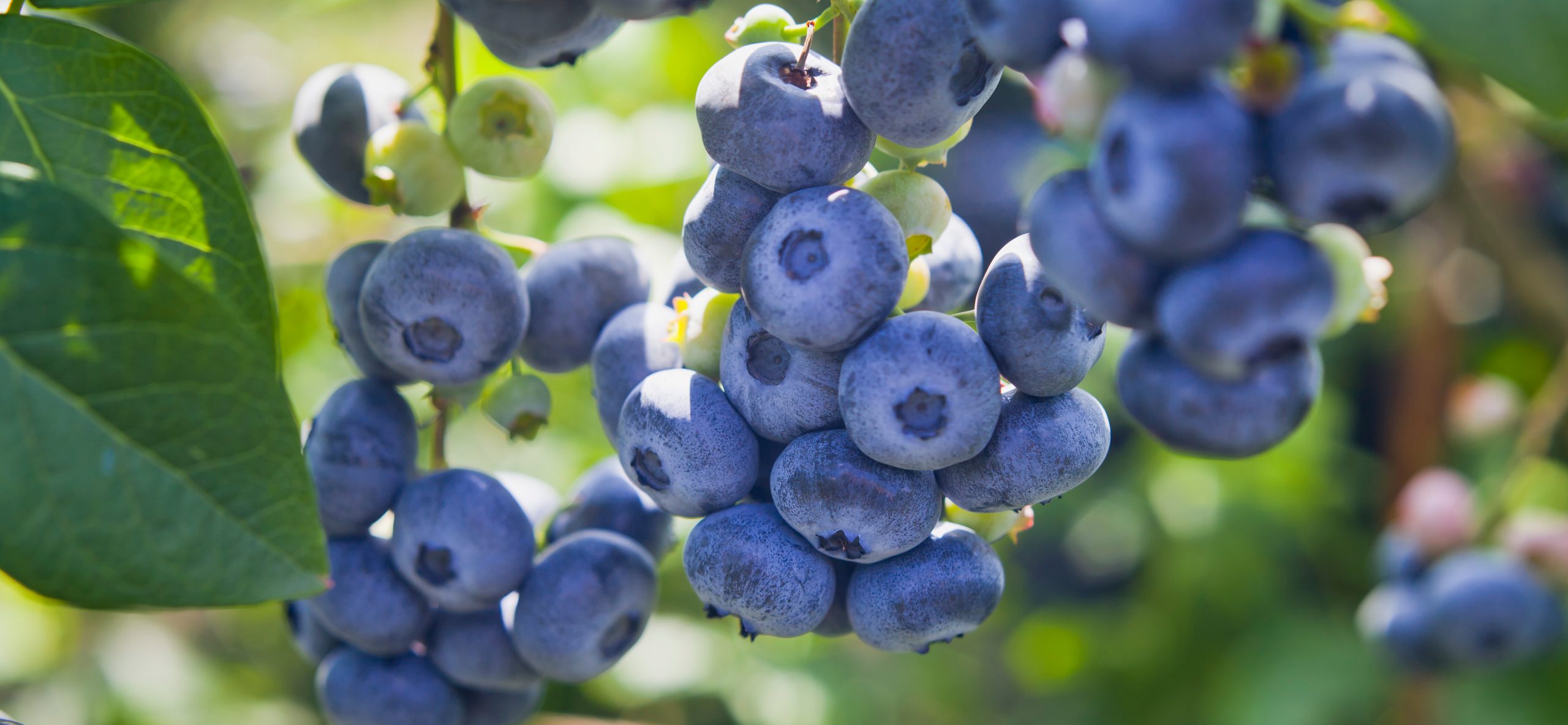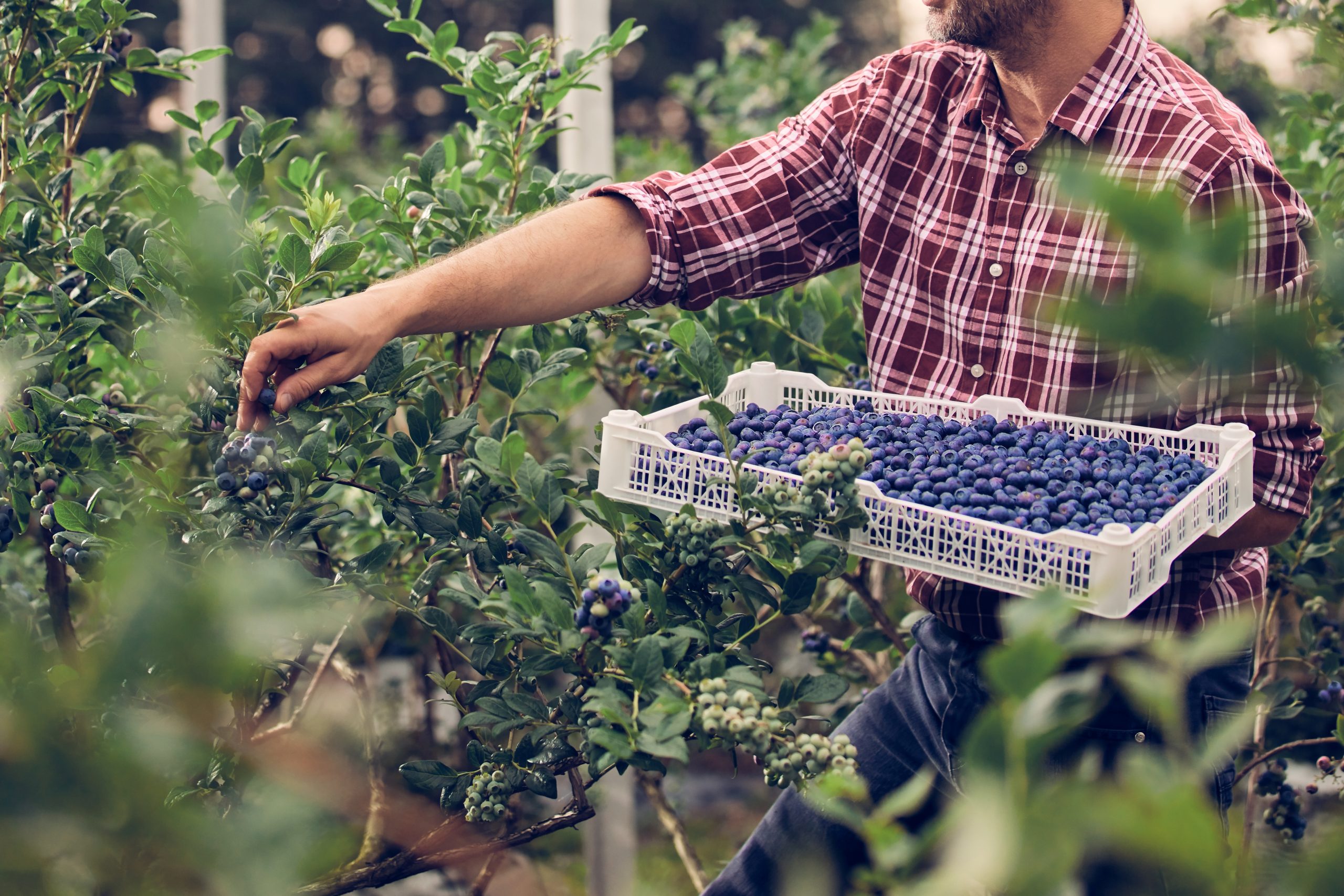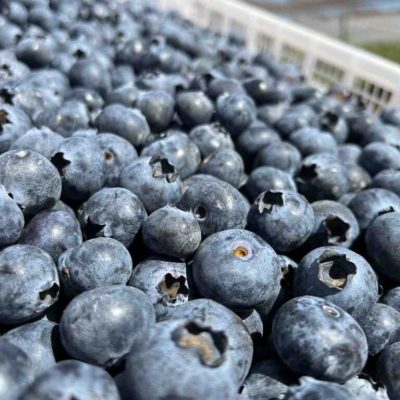Sunny Valley International projects 20 to 25 percent increases in blueberries from Chile and Argentina
Bob Von Rohr, director of customer relations for Sunny Valley International, headquartered in Glassboro, NJ, told The Produce News that the company’s primary blueberry import programs are from Argentina and Chile, and it brings some product in from Uruguay.
“Timing on our Argentina deal is similar to last year,” said Von Rohr. “Because we don’t source from the early production areas, we are expecting to start the latter part of September with our first air shipments into Miami. Peak volumes will pivot around the few weeks before and few weeks after the mid-November time frame.
“We are anticipating that our blueberry volumes from Argentina and Chile will be between 20 to 25 percent higher than last year,” he continued. “I feel that we absolutely do have a market for the increase because most of the time the demand for blueberries exceeds the supply,” he said. There will likely be short pockets when too many berries hit the market at the same time, but it will quickly smooth out and prices should stay level.”
On Argentina product, Sunny Valley International represents numerous premium growers though out the season. Pack size options will be primarily 4.4-ounce clamshells and six-ounce clamshells, both packed 12 to a case.
Von Rohr said that Chilean blueberry air shipments can be a little more sporadic. In the past, one of Sunny Valley’s Chilean grower groups has shipped by air even sooner than its Argentina supplier.
This year, light air shipments out of Chile are expected to start in late September, followed with vessel container loads arriving into ports early January through mid-March, he said.
The primary labels used by Sunny Valley on its Chilean blueberries are “South Pacific,” “Easter Island,” “CopeFruit”, Santa Cruz,” “Agricom,” “Agricamex” and “Xfru.”
Von Rohr said that pack sizes from Chile will be 4.4-ounce clamshells by air shipment, followed by 6-ounce clamshells, pints and 18-ounce clamshells in vessel container shipments.
“Our main air arrivals come through Miami,” he noted. “We will also bring some supply in through JFK to Glassboro, so we will be shipping some from New Jersey.”
Transitions from air to vessel containers will happen when volumes hit really strong in early January. Heavy volumes will continue through mid-March. Von Rohr noted that containers take about two and a half weeks to arrive in the United States.
Peak production is containerized and runs from early January through mid-March, he noted.
“Our containers arrive via vessels into the ports of Philadelphia, New Jersey, New York and Miami,” said Von Rohr.
“Our primary Chilean grower groups are those that run a little later in the season,” he continued. “There is some production in northern Chile that comes on earlier, but our peak is from the Osorno, Chile area. This region of Chile has shown to be well adapted to produce high-quality blueberries.”
He added that Eastern Propak, also in Glassboro, which packs for Sunny Valley, has the capability to repack the blueberries if necessary, and in special pack sizes.
“It’s a strength that we have in that we can convert to different pack styles or repack blueberries,” said Von Rohr. “When we ship blueberries from New Jersey, we’re able to offer good delivery with high-quality berries and in a wide diversity of packaging.”
Sunny Valley’s organic Chilean blueberry program has grown significantly over the years. Its organic season starts via air freight in early November and runs to mid-January, he said.
“We then transition to containers, which extends through the end of the season in March,” said Von Rohr. “Organic pack sizes are 4.4-ounce, 6-ounce and pints.” One of our primary organic labels from Chile is ‘Cato,’ which is a premium certified organic grower.”






